In his guest blog, engineer Joshua Pearce shares how his lab developed a high-temperature 3D printer, a firefighter mask and a printable, emergency-use ventilator in response to COVID-19.
There is a desperate need for low-cost hardware to deal with COVID-19 all over the world. Today, with the evolution of digital manufacturing technologies such as 3D printers and circuit milling systems, humanity can share designs with others who can then replicate medical-grade devices for the cost of locally sourced materials.
When we began these studies last spring, personal protection equipment (PPE) was in short supply, most PPE was one-time use and disposable, adding to problems with plastic waste, and the demand for hospital equipment was greater than supply. Michigan Technological University’s Open Sustainability Technology (MOST) Lab developed three new tools to help.
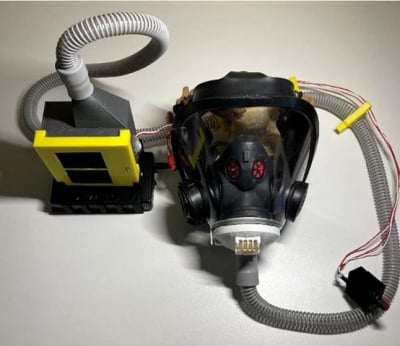
3D Printing Can Take the Heat
We fast-tracked a low-cost, high-temperature 3D printer. Many makers all over the world have been using 3D printers to manufacture PPE, but normally these are used once and thrown away. Thermal sterilization is generally avoided for 3D-printed components because of their relatively low deformation and melting temperatures. The polymers required for high-temperature, heat-sterilizable components for COVID-19 and other applications demanded a 3D printer that could take the heat.
There are several high-temp printers on the market, but their high costs make them inaccessible for full home-based distributed manufacturing required during pandemic lockdowns. MOST developed the Cerberus — an open-source, three-headed, self-replicating rapid prototyper (RepRap) for less than $1,000.
Read More
Noah G. Skrzypczak, Nagendra G. Tanikella, Joshua M. Pearce. "Open source high-temperature RepRap for 3-D printing heat-sterilizable PPE and other applications" in HardwareX.
Here are the specs:
- 200 degree Celsius-capable heated bed
- 500 degree Celsius-capable hot end
- isolated heated chamber with 1 kilowatt space heater core with mains voltage chamber and bed heating for rapid start
- prints polyetherketoneketone (PEKK) and polyetherimide (PEI, ULTEM) with tensile strengths of 77.5 and 80.5 MPa, respectively
We showed we could make open-source face masks in PEKK that would not warp using home-accessible, oven-based sterilization. That means the PPE can be reused.
Firefighting COVID-19
Firefighters and other first responders wanted to use their existing equipment for respiration during the pandemic without using single-use masks. MOST developed an open-source kit to convert a self-contained breathing apparatus into a powered air-purifying particulate respirator (PAPR). The open-source PAPR can be fabricated with a low-cost open-source 3D printer and widely available components for under $150, replacing commercial conversion kits (saving 85%) or proprietary PAPRs (saving over 90%).
Read More
Benjamin R. Hubbard and Joshua M. Pearce. “Conversion of Self-Contained Breathing Apparatus Mask to Open Source Powered Air-Purifying Particulate Respirator for Fire Fighter COVID-19 Response” in HardwareX.
The parametric designs allow for adaptation to other core components and can be custom fit specifically to firefighter equipment, including their suspenders.
The open-source PAPR has controllable airflow and its design enables breathing even if the fan is disconnected or if the battery dies. We tested for airflow as a function of battery life and it met National Institute for Occupational Safety and Health (NIOSH) airflow requirements for four hours, which is 300% over expected regular use.
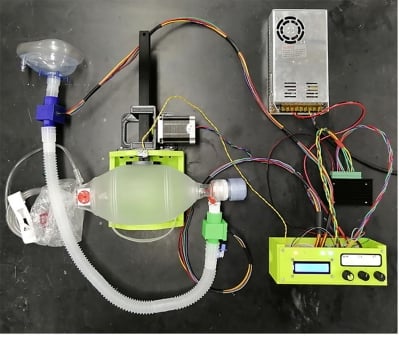
3D-printed Ventilators
One of the greatest worries during the pandemic was running short of ventilators for COVID-19 patients. MOST developed a simple and easy to build portable automated bag valve mask (BVM) compression system, which can serve as a temporary emergency ventilator during acute shortages and supply chain disruptions.
The resuscitation system is based on the open-source Arduino controller and 3D-printable parametric component-based structure. The open-source 3D-printable ventilator costs less than $170, which makes it affordable for replication by makers around the world.
Here are the device specs:
- controlled breathing mode with tidal volumes from 100 to 800 milliliters, breathing rates from 5 to 40 breaths per minute, and inspiratory-to-expiratory ratio from 1:1 to 1:4
- The system is designed for reliability and scalability of measurement circuits through the use of the serial peripheral interface and has the ability to connect additional hardware due to the object-oriented algorithmic approach.
- Experimental results after testing on an artificial lung for peak inspiratory pressure (PIP), respiratory rate (RR), positive end-expiratory pressure (PEEP), tidal volume, proximal pressure, and lung pressure demonstrate repeatability and accuracy exceeding human capabilities in BVM-based manual ventilation.
Read More
Aliaksei Petsiuk, Nagendra G. Tanikella, Samantha Dertinger, Adam Pringle, Shane Oberloier, Joshua M. Pearce. “Partially RepRapable Automated Open Source Bag Valve Mask-based Ventilator” in HardwareX.
Future work is necessary to further develop and test the system to make it acceptable to use in clinical environments outside of emergencies like the pandemic.
The nature of these designs is such that desired features are relatively easy to add with the test using protocols and parametric design files provided. Our hope is that such devices can be built upon by others to achieve full regulatory approval in all countries to ensure humanity is prepared for the next pandemic. Large groups of makers, engineers, and medical professionals are already collaborating to make open-source solutions that can be reproduced and assembled locally worldwide. We are happy to be a small part of it.
Michigan Technological University is an R1 public research university founded in 1885 in Houghton, and is home to nearly 7,500 students from more than 60 countries around the world. Consistently ranked among the best universities in the country for return on investment, Michigan's flagship technological university offers more than 185 undergraduate and graduate degree programs in science and technology, engineering, computing, forestry, business, health professions, humanities, mathematics, social sciences, and the arts. The rural campus is situated just miles from Lake Superior in Michigan's Upper Peninsula, offering year-round opportunities for outdoor adventure.
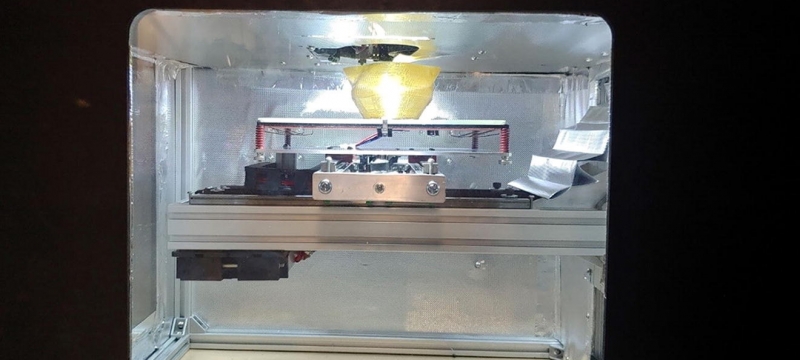
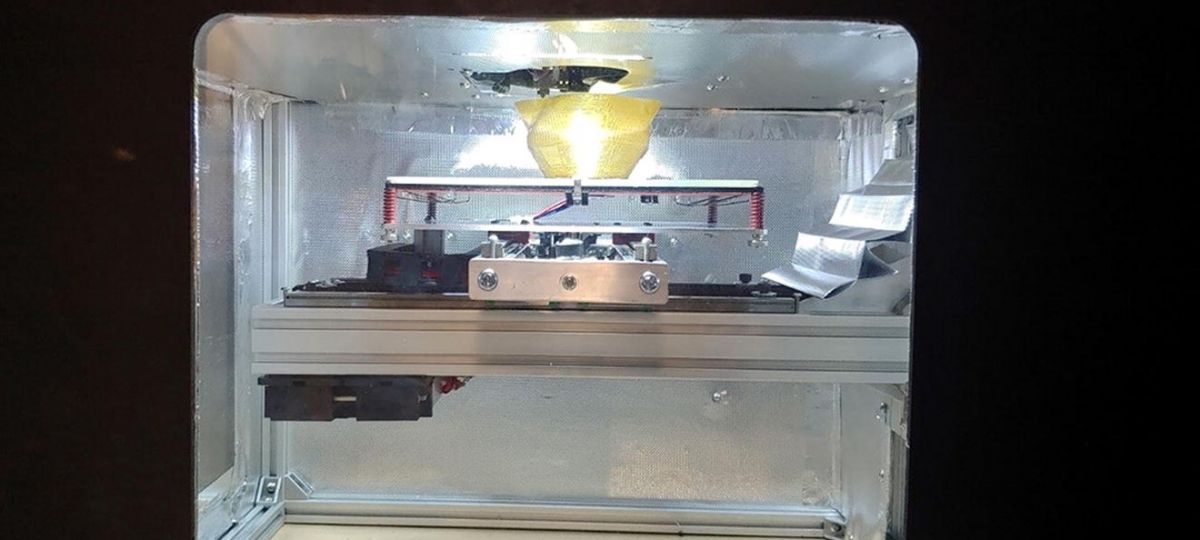
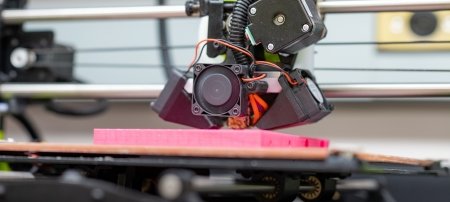
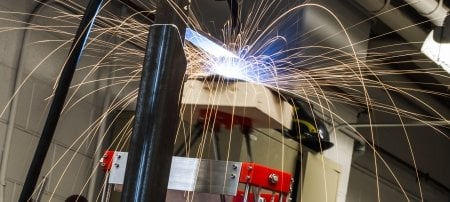


Comments